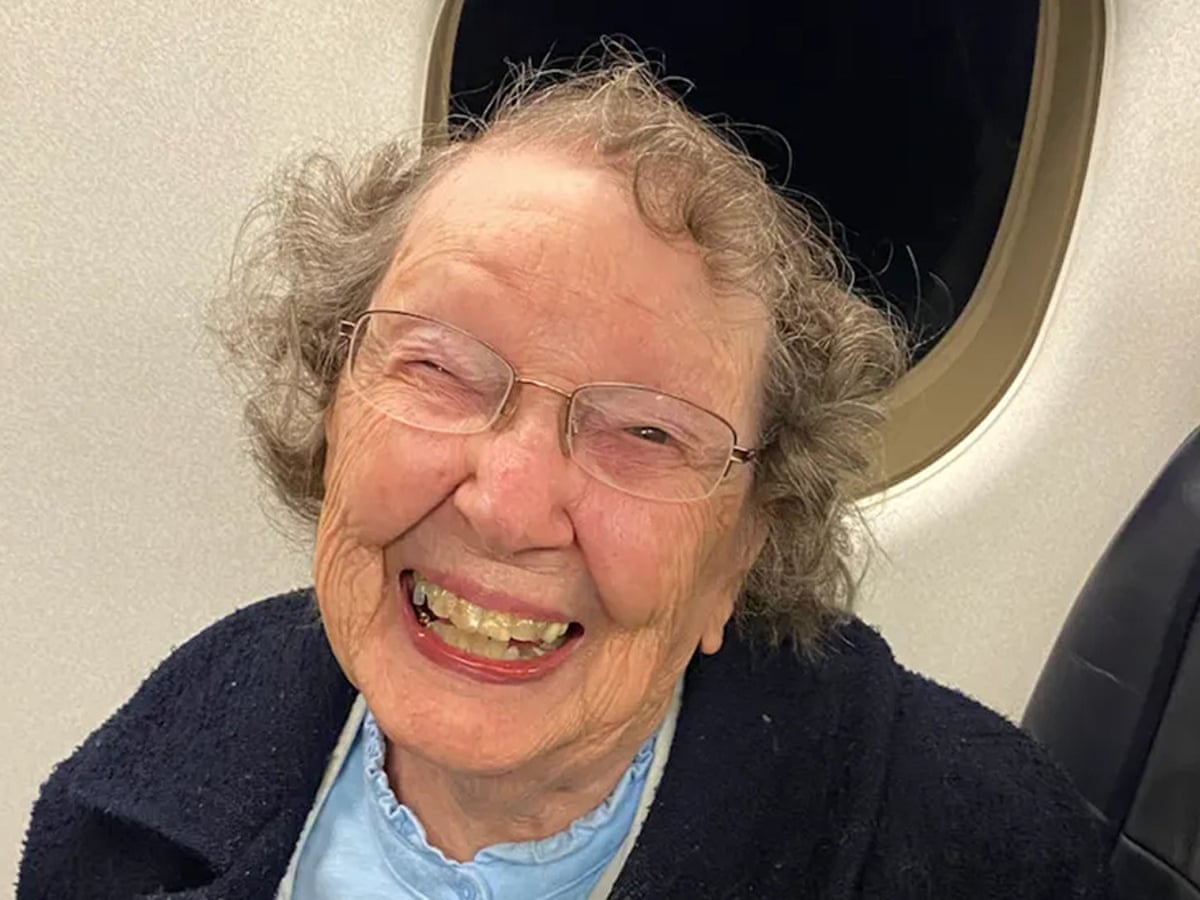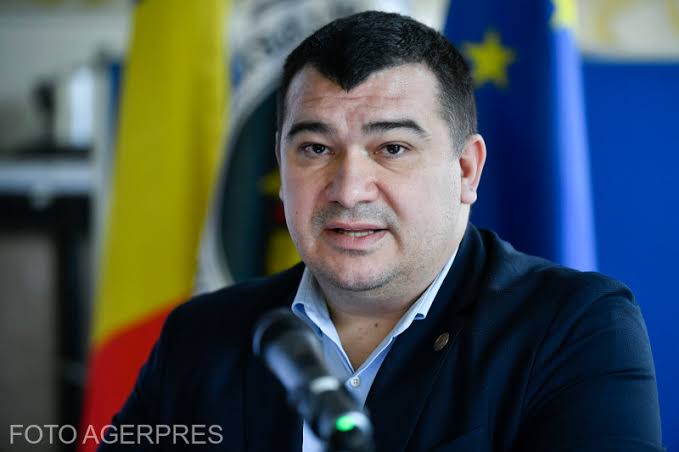Mid-Flight Scare: What Happened to an Elderly Passenger Leaves United Airlines Travelers Shaken
Mid-Flight Scare: What Happened to an Elderly Passenger Leaves United Airlines Travelers Shaken
What began as a routine flight quickly turned into a harrowing experience for passengers aboard United Airlines Flight 451 from San Francisco to Chicago when an elderly woman suffered a sudden medical emergency mid-air, sending shockwaves through the cabin and raising serious questions about in-flight emergency preparedness.
The incident occurred on Tuesday afternoon, approximately two hours into the cross-country journey. Witnesses report that the woman, estimated to be in her late seventies or early eighties, suddenly slumped in her seat and became unresponsive, prompting immediate concern from those seated nearby.
A Calm Flight Turns Chaotic
According to passenger accounts, everything seemed normal until the elderly woman began exhibiting signs of distress. She reportedly appeared weak and light-headed before losing consciousness altogether. Fellow travelers seated around her quickly alerted the flight crew, sparking a rapid response.
“We were flying smooth, and then suddenly I heard someone shout for help,” said Maria Torres, a passenger seated two rows behind the woman. “There was panic, people were getting up, and the flight attendants rushed over. It was scary.”
Flight attendants immediately sprang into action, requesting assistance from any medical professionals on board. Fortunately, a registered nurse and an off-duty EMT (Emergency Medical Technician) responded to the call and began administering first aid using the aircraft’s onboard medical kit.
Medical Emergency at 35,000 Feet
Passengers described a tense atmosphere as the medical team worked on the woman for nearly 30 minutes. According to eyewitnesses, the woman’s pulse was faint, and her breathing shallow. Oxygen masks were applied, and the cabin crew remained in constant communication with ground medical staff via radio.
“It felt like time stopped,” said Daniel Meyer, another passenger who observed the situation from across the aisle. “Everyone went quiet, watching, praying she’d be okay.”
The pilot, following protocol, made an urgent call to air traffic control and requested priority landing clearance. Although Chicago was still the destination, the crew briefly considered diverting to Omaha, Nebraska. However, with the woman’s vitals stabilizing slightly after receiving oxygen and basic treatment, the flight continued toward Chicago O’Hare International Airport at an increased speed.
Landing and Immediate Medical Attention
Upon landing in Chicago, paramedics were already on the tarmac, prepared to board the aircraft. The woman was quickly transferred onto a stretcher and taken to a nearby hospital for further evaluation. United Airlines confirmed that she was in stable condition at the time of the transfer and that her family had been notified.
A statement from the airline read:
> “We commend our crew and the passengers who responded quickly and professionally during the medical emergency on Flight 451. The safety and well-being of our customers is our top priority, and we are grateful for the medical professionals who assisted mid-flight.”
Reactions from Fellow Passengers
Many passengers remained visibly shaken even after the plane landed. While there was relief that the woman received help in time, the suddenness of the event served as a stark reminder of how vulnerable one can be in the air.
“It was traumatic to see someone in that state, especially when you’re thousands of feet in the air with nowhere to go,” said Jenna Caldwell, a college student traveling home for spring break. “But the crew and the nurse onboard did an amazing job. They were calm and reassuring.”
Some passengers took to social media to share their experience, with one tweet reading:
> “Just witnessed the scariest thing on #United451. Elderly lady went unresponsive mid-flight. Huge respect to the crew and EMT who helped. Hope she’s okay.”
Health in the Skies: Are Airlines Prepared?
This incident has reignited discussions around airlines’ preparedness for medical emergencies in flight, particularly when it involves elderly or medically vulnerable passengers. While commercial airliners are equipped with basic first aid supplies, oxygen tanks, and automated external defibrillators (AEDs), the response depends heavily on the presence of trained professionals among passengers.
According to the Federal Aviation Administration (FAA), approximately 44,000 in-flight medical emergencies occur globally each year, with fainting, respiratory problems, and cardiac issues among the most common. In nearly 10% of those cases, flights are diverted to address the issue.
Dr. Andrew Bennett, an aviation medicine specialist, noted:
> “Aircraft crews are trained in basic life-saving procedures, but there are limits to what can be done at altitude. The best outcomes occur when a medical professional happens to be onboard — as in this case.”
He also emphasized the importance of pre-flight medical screenings for elderly travelers with existing health conditions, especially for long flights.
The Question of Accountability
While the airline has been praised for its swift action, some travelers and commentators are calling for more stringent health checks or at least voluntary pre-flight medical disclosures, especially for senior passengers or those with known conditions.
A travel blog post that quickly went viral posed the question:
> “Should passengers over a certain age or with chronic health issues be required to notify the airline or travel with a companion?”
However, this suggestion was met with criticism from disability and senior rights advocates, who argue that such policies could be discriminatory.
Karen Blake, spokesperson for the National Council on Aging, responded:
> “No one should be denied their right to travel due to age or health status. The focus should be on ensuring adequate support systems are in place, not exclusion.”
Emotional Toll and Silver Lining
The emotional toll on other passengers, particularly those traveling alone or with children, cannot be underestimated. Several passengers admitted to feeling anxious or rattled for the remainder of the flight, and some even requested assistance to deplane upon arrival.
Despite the scare, many found comfort in the quick response and unity shown during the ordeal. Multiple passengers have praised the flight attendants for remaining calm and composed under pressure.
“I’ll never forget the way they handled it,” said Meyer. “They made us all feel like everything was under control, even when it wasn’t.”
Final Update: Woman Recovering Well
As of Thursday evening, a relative of the elderly woman issued an update via local news in Chicago, confirming that she was recovering well and undergoing further testing. The family expressed deep gratitude to the United Airlines staff and fellow passengers who came to her aid.
“She’s doing much better now. The doctor said the altitude may have triggered a drop in blood pressure, causing her to faint,” the relative stated. “We’re thankful to everyone who helped save her life.”
—
Conclusion
The mid-flight medical scare aboard United Airlines Flight 451 was a sobering reminder of how quickly things can change during air travel. While the situation could have ended in tragedy, swift action by crew and passengers ensured a positive outcome. The incident has sparked necessary conversations about in-flight health emergencies and highlighted the critical role of preparedness, compassion, and collective responsibility in the skies.
As commercial aviation continues to rebound post-pandemic, stories like these underscore the importance of vigilance, empathy, and quick thinking — qualities that were on full display during this unforgettable journey.






